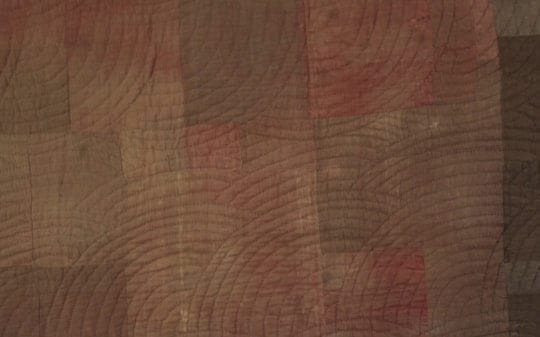
Quilt
Within the Foxfire textile collection, there are nearly 20 quilts ranging from the nineteenth to the twenty-first century. The variation in time, design, and materials illustrates the different uses and techniques for quilts. From Aunt Arie Carpenter’s utilitarian patchwork quilt, made quickly for warmth, to the colorful friendship quilt, made for a couple in 1898, to the Foxfire Anniversary quilts, which capture our history and community, each quilt tells its own story unique to Southern Appalachia.

History: A classic example of patchwork quilting, this textile is essentially utilitarian. Made from recycled clothing, the inconsistent block sizes and shapes and lack of pattern indicates that...
Read More
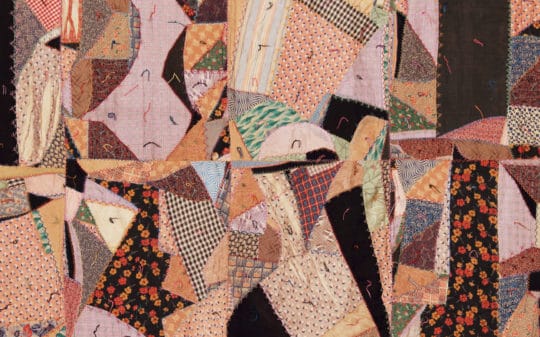
Crazy Quilt
“Quilting was the joy of my life. Working with that. Ever’ little piece.” ~Aunt Arie Carpenter History: Crazy quilts were originally a method for using scraps of cloth, much like...
Read More
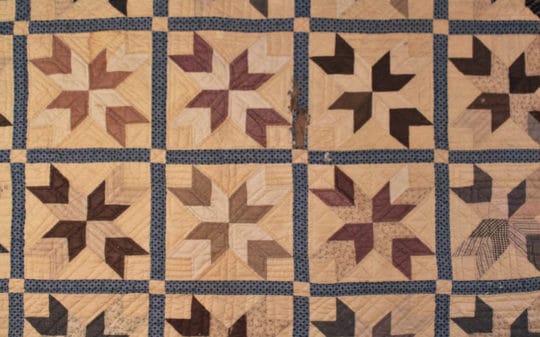
Fishtail Quilt
History This quilt was donated to Foxfire by Aunt Arie Carpenter, which she called a “fishtail.” She made it around the time of World War I, when she was a young woman caring for her...
Read More
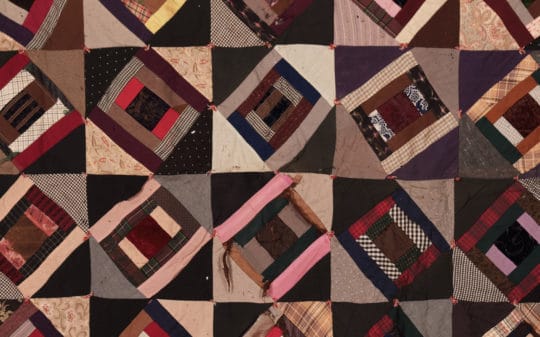
Log Cabin Quilt
History: Log cabin, one of the most well-known quilt patterns, became popular around the beginning of the Civil War and have since retained their popularity. Shortly before the Civil War, the log...
Read More
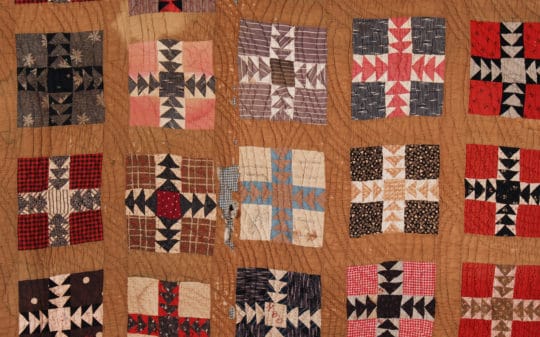
Friendship Quilt
“Quilts were hand made by people for people. Every phase of their production was permeated by giving and sharing.” ~Mrs. Claude Darnell History: Friendship quilts were common in most...
Read More
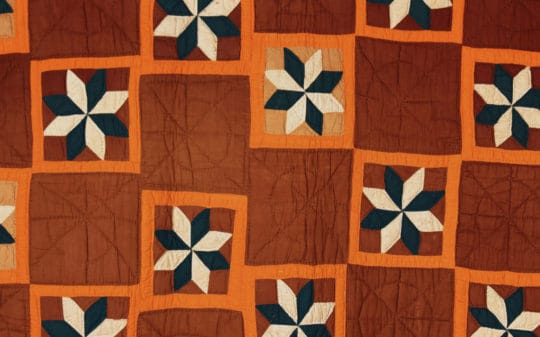
Star Quilt
“…when a girl got married, she always had to have twelve quilts to start off with…the lady usually made some of the quilts herself. And then the community usually got together and...
Read More
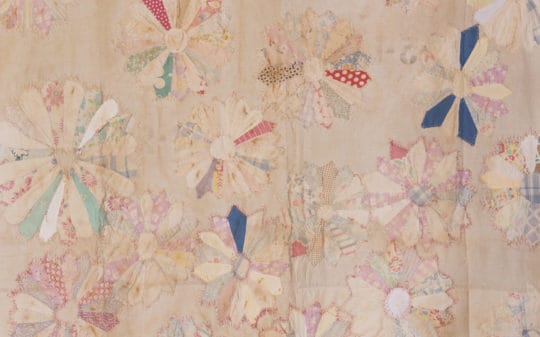
Sunflower Summer Quilt
History: Cloth sacks were used by manufacturers beginning in the mid-nineteenth century, but became common around the 1920s. Goods such as chicken and hog feed, sugar, flour, and guano fertilizer...
Read More
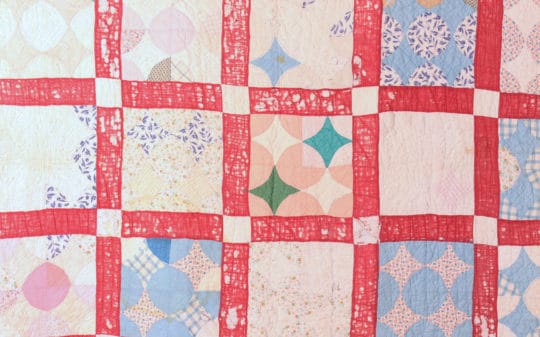
Kemper Quilt
History: Though the exact date of this quilt is unknown, the usage of feed sack cloth in the quilt top places this around the 1930s-1950s. Where the quilt is heavily worn, the batting shows. Unlike...
Read More
